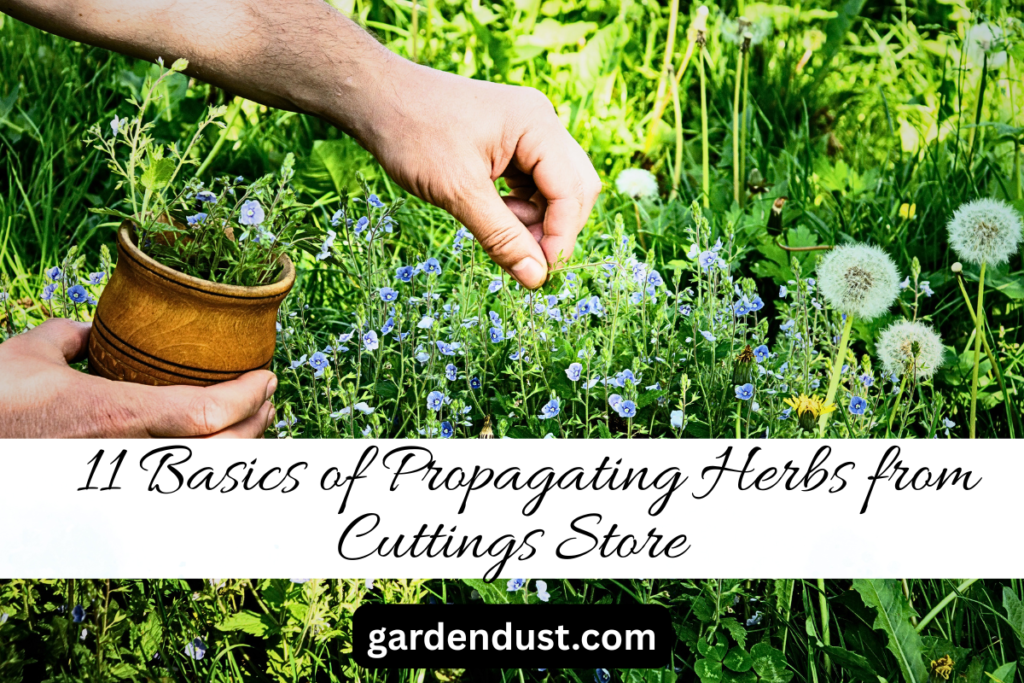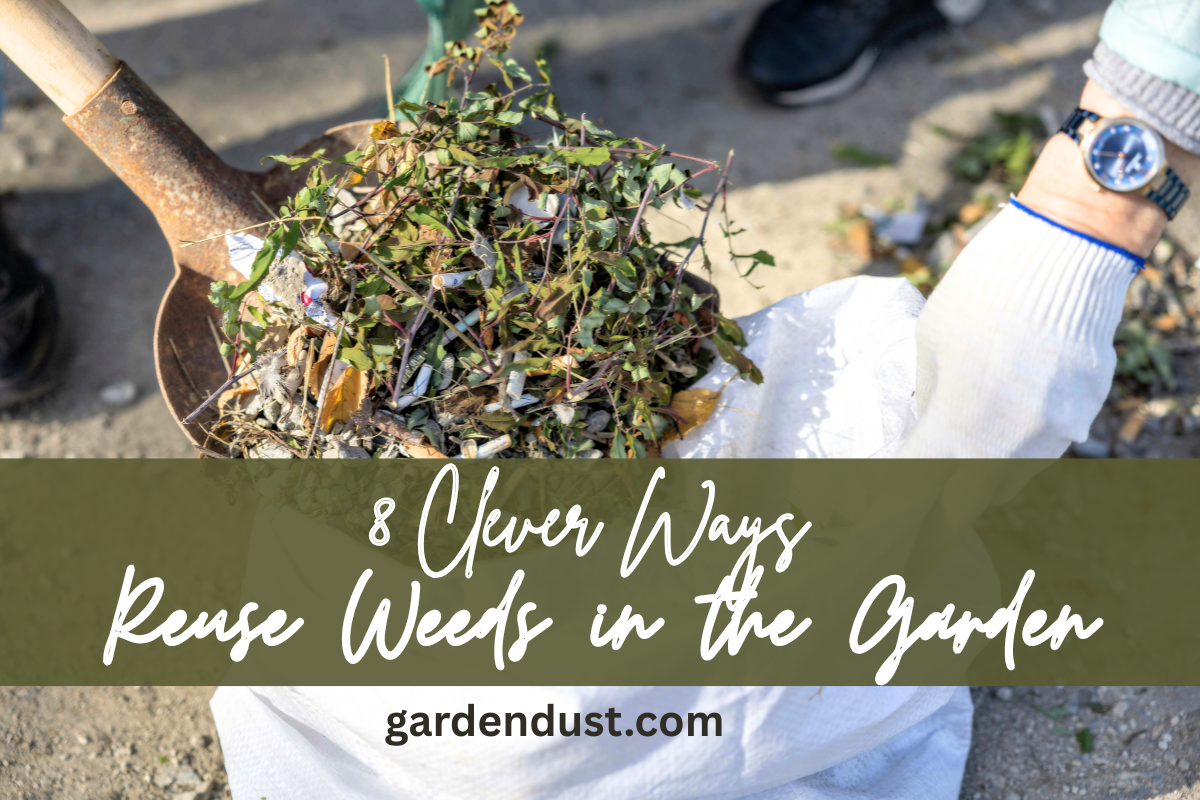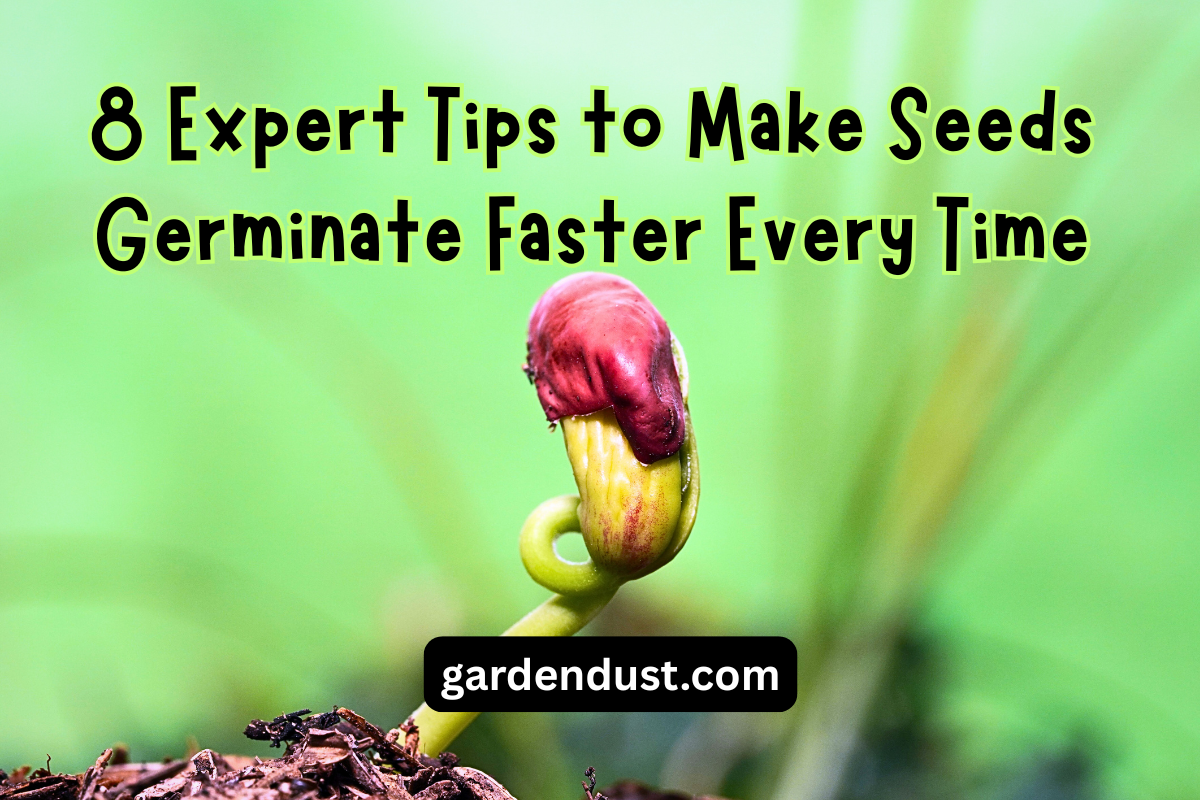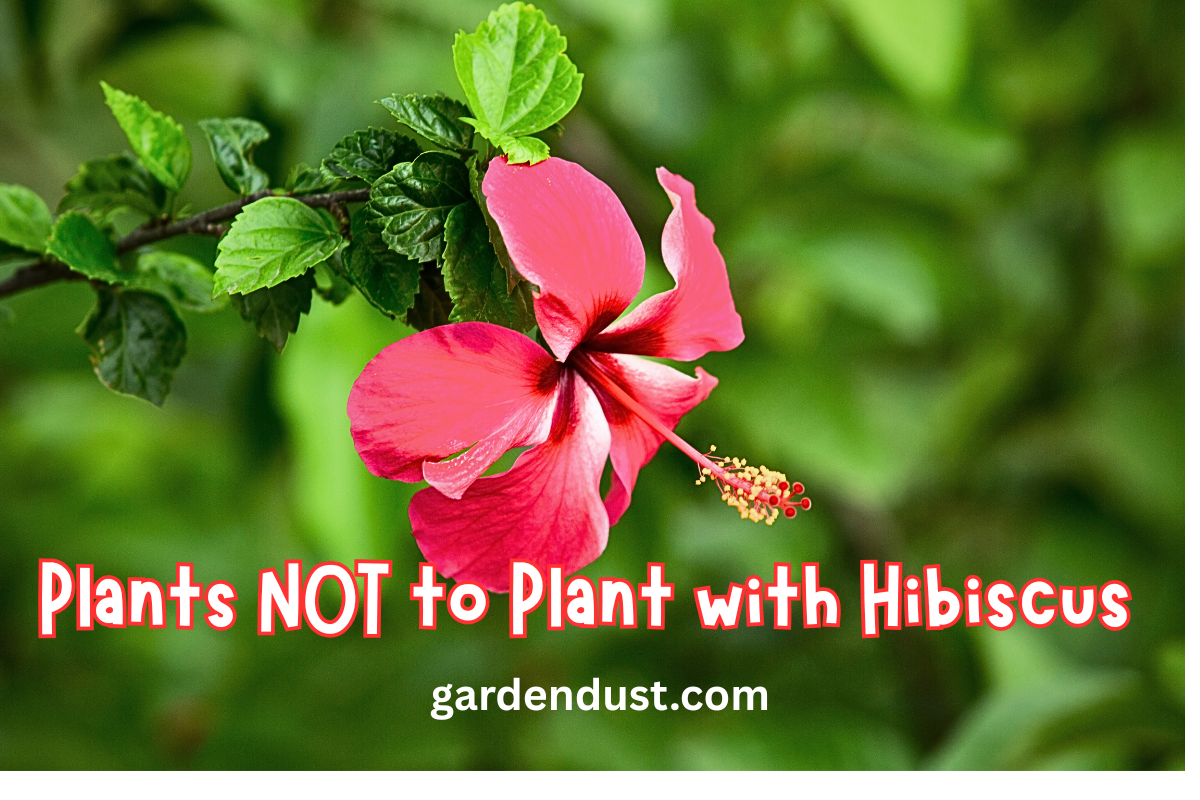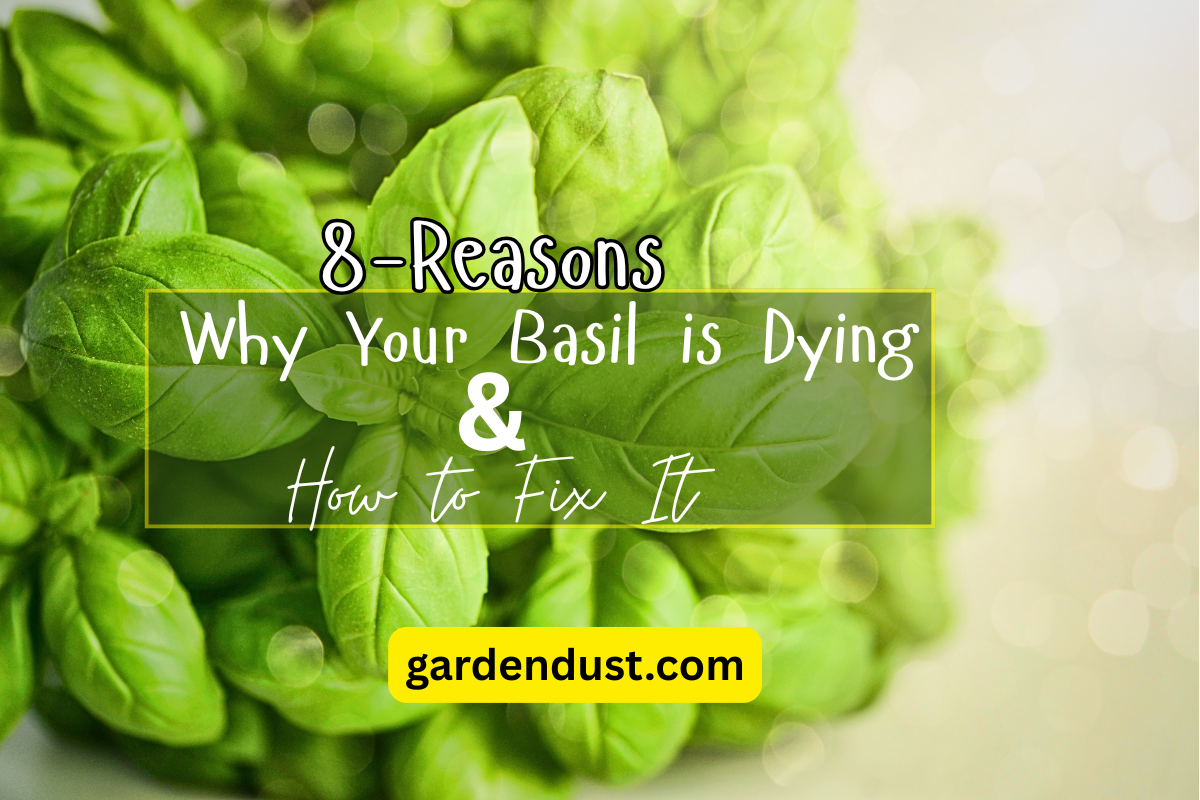Propagating herbs from cuttings is a simple and efficient way to expand your garden while preserving the exact traits of your favorite plants. Unlike growing from seeds, this method ensures faster growth and genetic consistency. Many herbs, such as basil, mint, and rosemary, root easily, making this technique both economical and practical. Additionally, it allows you to clone your healthiest and most productive plants, ensuring a consistent yield. Whether you are a home gardener or a commercial grower, propagation from cuttings saves time and effort while providing a sustainable way to cultivate herbs. Let’s begin….
11 Basics For Propagating Herbs From Cuttings
1. Selecting the Right Herbs
Not all herbs propagate well from cuttings, so selecting the right ones is key. Herbs like basil, mint, rosemary, thyme, sage, oregano, and lavender are among the best candidates. Woody-stemmed herbs like rosemary and thyme take longer to root, while soft-stemmed herbs like basil and mint root more quickly.
2. Choosing the Best Time
The ideal time to take cuttings is during the growing season when plants are actively growing. Spring and early summer are the best times, as plants have ample energy to produce new roots. Avoid taking cuttings during the dormant season (fall and winter), as they are less likely to root successfully.
3. Selecting Healthy Parent Plants
Always take cuttings from healthy, disease-free parent plants. Look for vibrant green foliage, firm stems, and no signs of pests or diseases. Avoid using old, woody stems, as they are harder to root compared to younger, fresh growth.
4. Using the Right Cutting Technique
To make a successful cutting, use sharp, sterilized scissors or pruning shears to cut a stem 4–6 inches long. Make the cut just below a node (the area where leaves emerge), as this is where roots are most likely to form. Remove any flowers or buds to redirect energy toward root development.
READ ALSO:-How To Propagate Monstera Deliciosa-Stem Cutting Method
5. Preparing the Cutting
After cutting, remove the lower leaves from the stem, leaving only 2–3 sets of leaves at the top. This reduces moisture loss and prevents rotting. For woody herbs, you can slightly scrape the bottom of the stem with a knife to expose the cambium layer, encouraging root growth.
6. Using Rooting Hormone
Although not always necessary, dipping the cut end of the stem in rooting hormone can speed up root formation. Rooting hormone is available in powder, gel, or liquid form and helps stimulate root growth, especially for harder-to-root herbs like rosemary and lavender.
7. Choosing the Right Medium
A well-draining, light medium is essential for successful rooting. A mixture of peat moss and perlite, sand, or vermiculite works well. Avoid using regular garden soil, as it retains too much moisture and can encourage fungal growth.
8. Providing the Right Environment
Cuttings need a warm, humid environment to root successfully. Place them in a bright but indirect light location, avoiding direct sunlight, which can dry them out. You can cover them with a plastic bag or humidity dome to retain moisture, but ensure there is some ventilation to prevent mold growth.
9. Watering and Monitoring
Keep the growing medium moist but not soggy. Overwatering can cause rot, while underwatering can hinder root development. Check the moisture level daily and mist the cuttings if they appear dry.
10. Checking for Root Growth
Roots typically develop within 2–6 weeks, depending on the herb. Gently tug on the cuttings after a few weeks—if there is resistance, roots have formed. Once roots are 1–2 inches long, they are ready for transplantation.
11. Transplanting the Rooted Cuttings
Once the roots are well-developed, transplant the cuttings into individual pots with nutrient-rich potting soil. Gradually acclimate them to outdoor conditions before planting them in the garden. Keep them well-watered until they establish themselves.
By following these steps, you can successfully propagate herbs from cuttings and enjoy a continuous supply of fresh herbs in your garden or home. With practice, herb propagation becomes an easy and rewarding process that allows you to grow your favorite herbs effortlessly. Happy Gardening….

